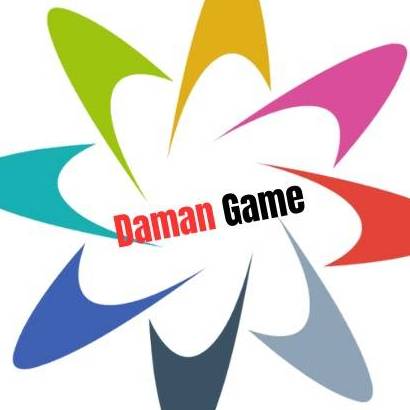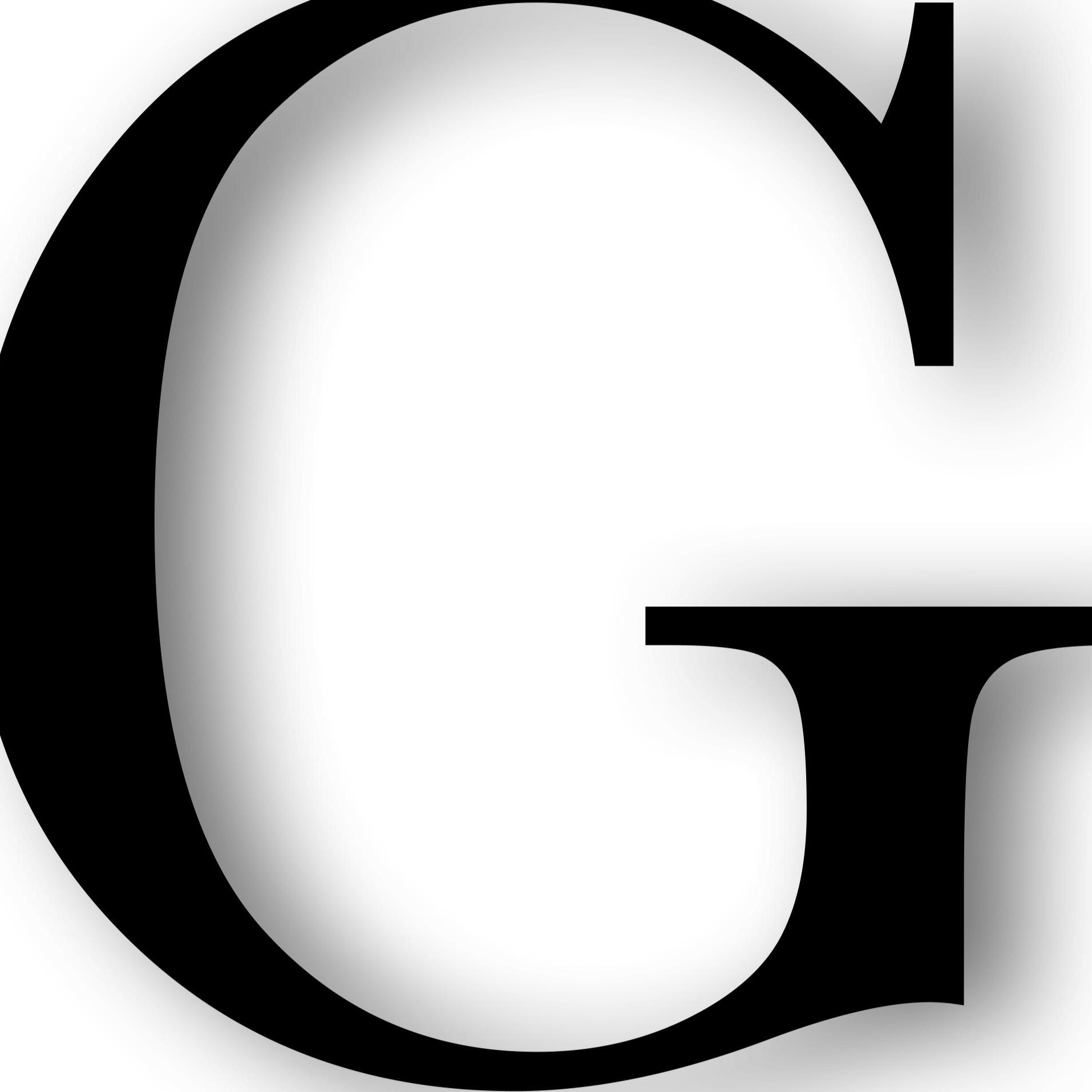Market Size and Forecast
According to Straits research, the Chlor-alkali Chemical Market Size was valued at USD 71.48 Billion in 2024. It is projected to reach from USD 74.56 Billion by 2025 to USD 104.41 Billion by 2033, growing at a CAGR of 4.3% during the forecast period (2025–2033).
This consistent growth reflects both the increasing industrial utility of chlor-alkali products and a broadening customer base, especially across emerging economies with rapidly developing manufacturing sectors.
Key Chlor-Alkali Chemicals and Their Applications
1. Caustic Soda (Sodium Hydroxide)
-
Applications: Used extensively in paper & pulp, textiles, soaps and detergents, alumina refining, petroleum refining, and water treatment.
-
Market Influence: It is the most widely produced chlor-alkali product by volume and plays a critical role in essential industrial and domestic processes.
2. Chlorine
-
Applications: Fundamental in the production of polyvinyl chloride (PVC), used in construction, packaging, automotive parts, and medical devices. Also essential for water disinfection, bleach production, and pharmaceuticals.
-
Market Influence: Growing demand for PVC in construction and infrastructure projects significantly drives chlorine consumption.
3. Soda Ash (Sodium Carbonate)
-
Applications: Widely used in glass manufacturing, chemical production, water treatment, and as a cleaning agent in household and industrial products.
-
Market Influence: A vital input in glass and detergent manufacturing, soda ash demand closely tracks urban development and consumer product trends.
Market Dynamics
Growth Drivers
-
Boom in Construction and Infrastructure:
The global boom in construction activities, especially in developing regions, is significantly increasing demand for PVC one of the main end-products of chlorine. Chlorine's integral role in PVC manufacturing makes it a key growth driver for the chlor-alkali industry. -
Expansion of Pulp and Paper and Textile Industries:
Caustic soda is crucial in the processing of wood pulp and textile fibers. As paper consumption remains strong in packaging and hygiene products, and global textile production rises, caustic soda usage will continue to expand. -
Rise in Detergents and Household Chemicals:
Increased hygiene awareness, population growth, and urbanization are fueling the demand for soaps, detergents, and cleaning agents all of which rely on caustic soda and soda ash as core ingredients. -
Water Treatment and Public Health:
Chlorine is vital in municipal water treatment for disinfection and pathogen removal. As global awareness and regulation around clean water access increase, chlorine usage for public sanitation is expected to rise. -
Growth in Emerging Economies:
Developing countries in Asia-Pacific, Latin America, and the Middle East are witnessing rapid industrialization. Chlor-alkali products are essential in almost every industrial sector, from basic chemicals to construction, making these regions fertile grounds for future market expansion.
Request a sample report @ https://straitsresearch.com/report/chlor-alkali-chemical-market/request-sample
Technological Trends and Sustainability
Shift Toward Eco-Friendly Production Methods
Traditional chlor-alkali production methods using mercury cells or asbestos diaphragms are being phased out globally due to environmental concerns. The industry is transitioning toward more sustainable alternatives such as:
-
Membrane Cell Technology: Energy-efficient and mercury-free, this method is now the preferred technology in many modern plants.
-
Diaphragm Cell Technology: A transitional method still in use where complete migration to membrane cells is not yet feasible.
The shift toward cleaner production methods is aligned with international environmental protocols and regulatory compliance standards in key markets.
Energy Efficiency and Automation
New-age chlor-alkali plants are integrating energy management systems, AI-driven automation, and process optimization tools to reduce energy consumption and operational costs, while improving product yield and quality consistency.
Regional Analysis
1. Asia-Pacific – Fastest Growing Region
The Asia-Pacific region, led by China and India, is the most dynamic chlor-alkali market globally. Factors such as massive infrastructure projects, rising disposable incomes, expanding chemical and textile industries, and population-driven demand make this region a hub of opportunity.
2. North America – Technologically Advanced Market
North America has a well-established chlor-alkali industry supported by strong demand in water treatment, pharmaceuticals, and construction. The U.S. leads in advanced technology adoption and environmental compliance, pushing the industry toward more efficient and sustainable production.
3. Europe – Sustainability-Driven Demand
Stringent environmental regulations are driving technological shifts across the European chlor-alkali sector. Demand is also strong from end-use sectors like automotive manufacturing, construction, and pharmaceuticals.
4. Latin America and Middle East & Africa – Emerging Growth Markets
These regions are witnessing increased investments in manufacturing infrastructure, construction, and basic industry development. Chlor-alkali demand is expected to grow steadily, supported by economic development and population growth.
Challenges Facing the Market
Despite its robust growth potential, the chlor-alkali market faces a few significant challenges:
-
High Energy Consumption: Chlor-alkali production is energy-intensive, making profitability sensitive to fluctuations in electricity prices.
-
Environmental Regulations: Strict regulations on emissions, hazardous waste, and legacy production technologies (like mercury cell process) increase compliance costs.
-
Raw Material Volatility: Prices and availability of raw materials such as salt and electricity impact production planning and profit margins.
Key Players and Competitive Landscape
The chlor-alkali chemical market is highly competitive and dominated by both multinational corporations and regional players. Key companies involved in the production and distribution of chlor-alkali chemicals include:
-
Olin Corporation
-
Westlake Chemical
-
Tata Chemicals
-
Solvay S.A.
-
Occidental Petroleum Corporation
-
INEOS Group
-
Formosa Plastics Corporation
-
Tosoh Corporation
-
Hanwha Solutions
-
AGC Chemicals
-
Kemira Oyj
-
Gujarat Alkalies and Chemicals Limited
-
Xinjiang Zhongtai Chemical Co., Ltd.
These companies focus on strategies such as capacity expansions, mergers and acquisitions, technological upgrades, and regional diversification to maintain their competitive edge.
Future Outlook
As industries worldwide continue to grow and transition toward more sustainable production methods, the chlor-alkali chemical market is expected to play a pivotal role in shaping the future of sectors such as clean energy, construction, healthcare, and consumer goods.
Emerging technologies, coupled with environmental pressures, will likely lead to:
-
Smarter, energy-efficient production facilities
-
Greater use of renewable electricity in chlor-alkali processes
-
Stronger regulations ensuring safe disposal and zero environmental impact
-
Increased demand from developing economies with rising industrial output
Conclusion
The chlor-alkali chemical market remains a cornerstone of the global chemical industry. With its wide-ranging applications, essential role in infrastructure and hygiene, and growing demand from multiple sectors, the market is set for sustained expansion.
About Us:
StraitsResearch.com is a leading research and intelligence organization, specializing in research, analytics, and advisory services, along with providing business insights & research reports.
Contact Us:
email: sales@straitsresearch.com
Website: https://straitsresearch.com/







